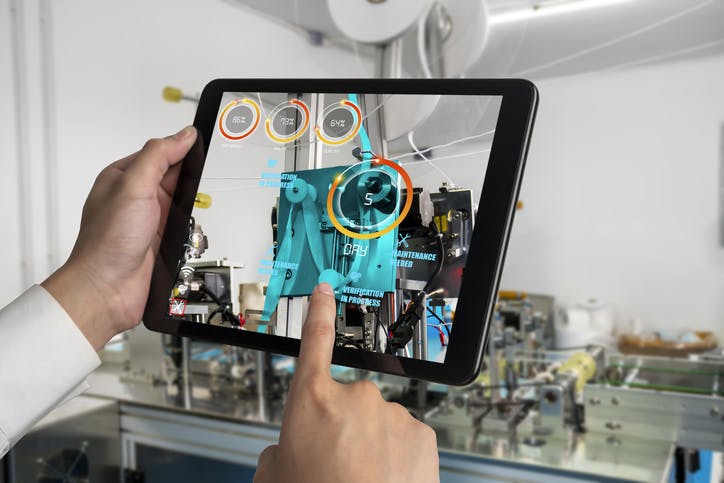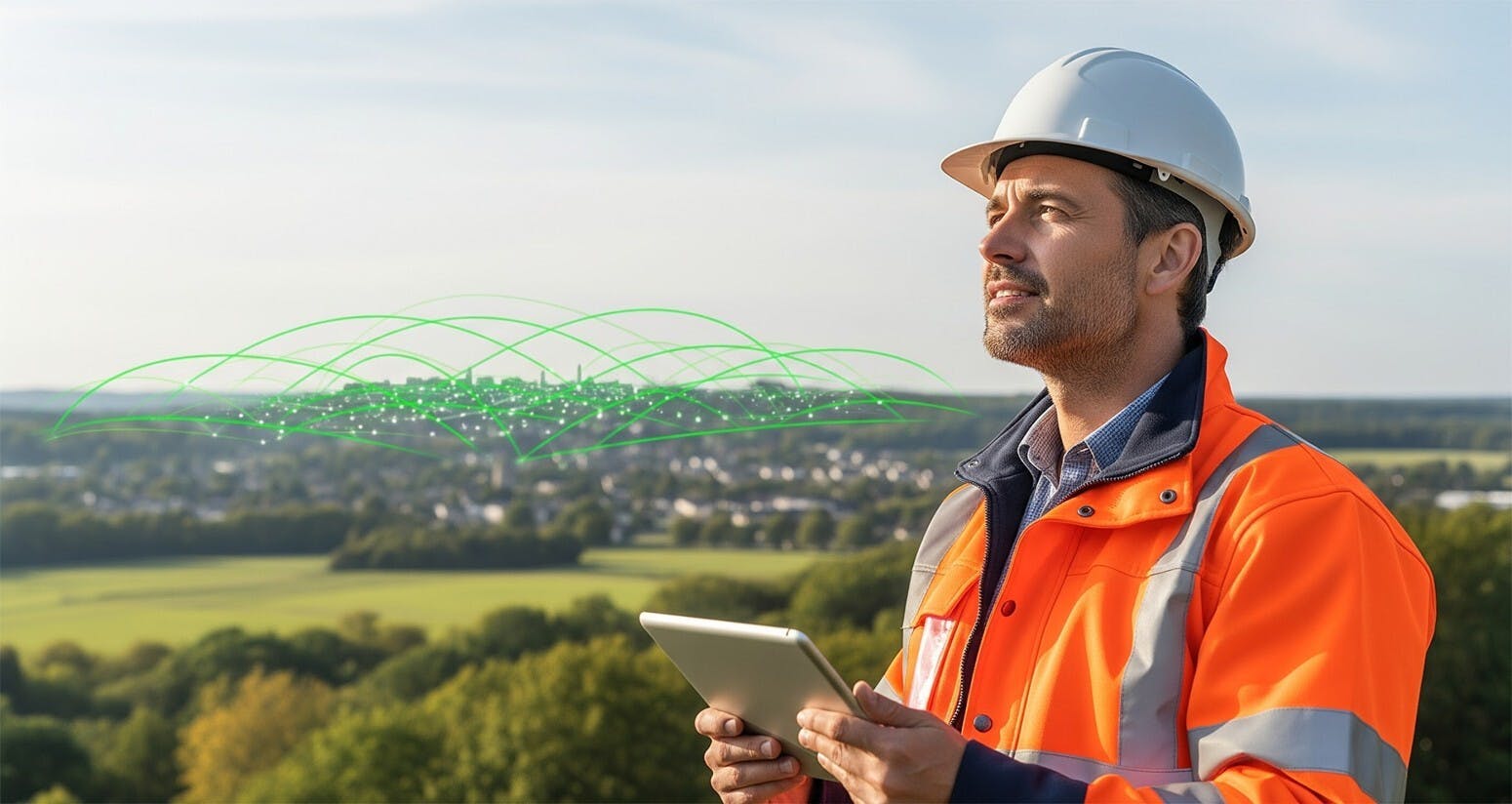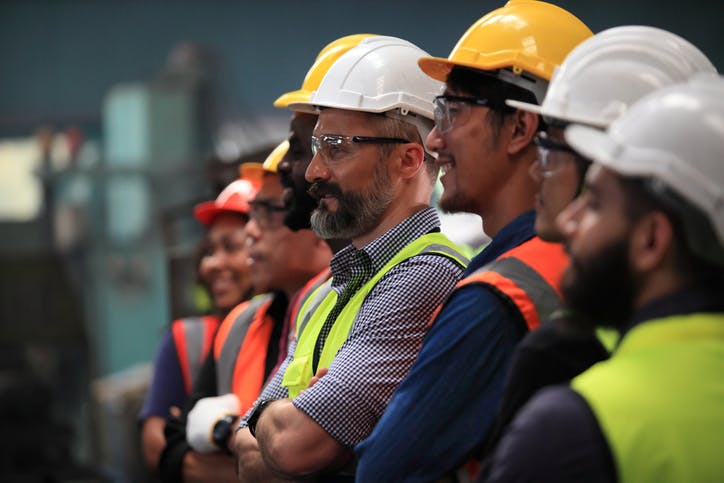In the world of field services, technicians are on the frontline of infrastructure deployment, tasked with equipment installation and maintenance. Today, leveraging new technologies, also in the hands of technicians, isn't just advantageous—it's imperative for field service companies striving for peak efficiency and effectiveness. In this landscape, two technologies stand out as being transformative for field operations: Augmented Reality for Remote Assistance on one side, and Visual AI for automated quality control on the other side. Both can be combined but serve different purposes.

AR for Remote Assistance in Critical Operations
To picture what AR for Remote Assistance intervention looks like, put yourself in the technician’s shoes. You get on-site and after checking the machinery, you understand quickly that you will need an expert to fix the problem. You open the software on your phone or put on the equipment needed, such as lenses or a headset, and connect to streaming with the expert in back-office. AR technology will mix your real environment with digital information video feed annotation and 3D schematics to create an interactive experience with data and visual cues, making it possible for the expert at distance to guide you on site.
Manufacturing industry is a good example of how AR impacts day-to-day operations. It allows factory experts to troubleshoot, triage, and initiate repairs in minutes by guiding technicians from the comfort of their offices. Using this technology to fix their machinery saved them thousands of dollars on machinery downtime by cutting the fixing time from days to hours.

You can imagine the many benefits AR provides:
- empowering field personnel to address complex challenges with expert advice without considering geographical localization
- reducing machinery downtime to avoid revenue loss
- providing seamless collaboration while improving learning & knowledge exchange
- saving travels expenses but also contributing to increased sustainability by minimizing their environmental impacts
Yet, while personalized guidance and support are valuable, relying solely on AR may require additional personnel to act as remote advisors. Additionally, these dependencies on human personnel for the technology to work might limit its usage to a small number of operations in the field. Scaling could rapidly become an issue.

Visual AI for Automated Quality Control
Let’s change the situation and picture being a technician in charge of installing equipment on site. You open your Visual AI mobile app and take a photo of the equipment once your job is done. With the picture captured and analyzed in real time by AI, you will get instant feedback on whether your manipulation was well performed or, on the contrary, if something needs to be corrected.
This real-time quality control enables what Deepomatic calls “First Time Right Automation”. The approach seeks to help companies shift towards a “first time right” culture, meaning that construction, installation or maintenance works will be performed correctly from the first time the field worker comes on site.
The primary advantage lies in its capacity for automation, enhancing field operations efficiency and productivity. The technology streamlines quality control processes by automating the verification of recurrent tasks. It reduces the need for human validation, thereby maximizing workforce productivity and operational effectiveness. Similarly to Augmented Reality, Visual AI reduces truck rolls by eliminating the need for technicians to return on site to fix issues repeatedly.

Our client Unit-T is a great example of First Time Right Automation. The Belgian company increased the volume of their controlled operations by five, reduced the average reporting time by 25%, and achieved a 98% First time right rate in smart meter installations.
Despite being available all time and efficiently handling repetitive tasks, Visual AI sometimes faces challenges when needing deeper contextual understanding and adaptability. Fortunately, this challenge will gradually fade as Multimodal models enable the tool to provide more nuanced answers. Moreover, it is also possible to redirect these specific cases to the quality control team in back-office.
Harnessing AR-RA and Visual AI holds immense potential for transforming field services and answering their operational challenges.When considering these two technologies, take into account the specific application, target audience, and the benefits for end-users. Opt for AR for interactive experiences on specific and complex applications , and Visual AI for handling large volumes of data and repetitive tasks that require automation.





